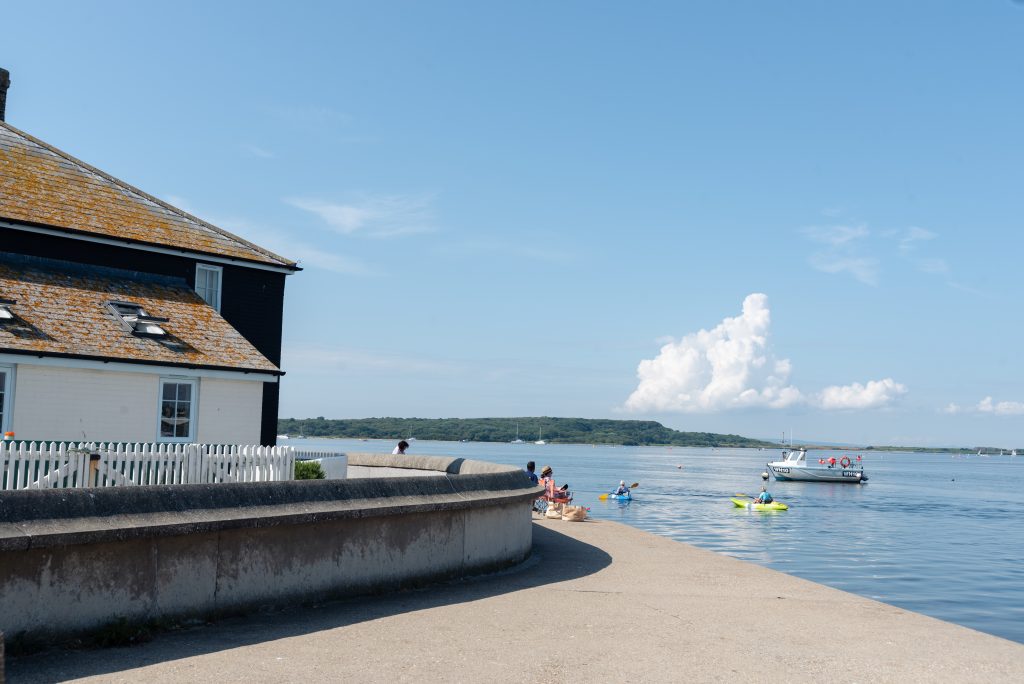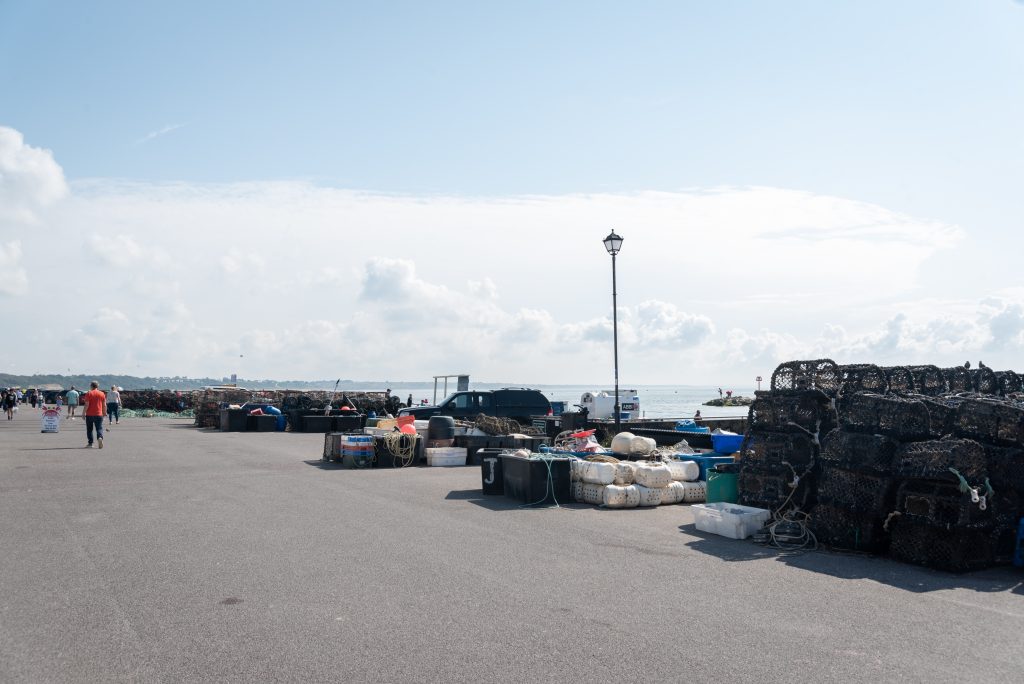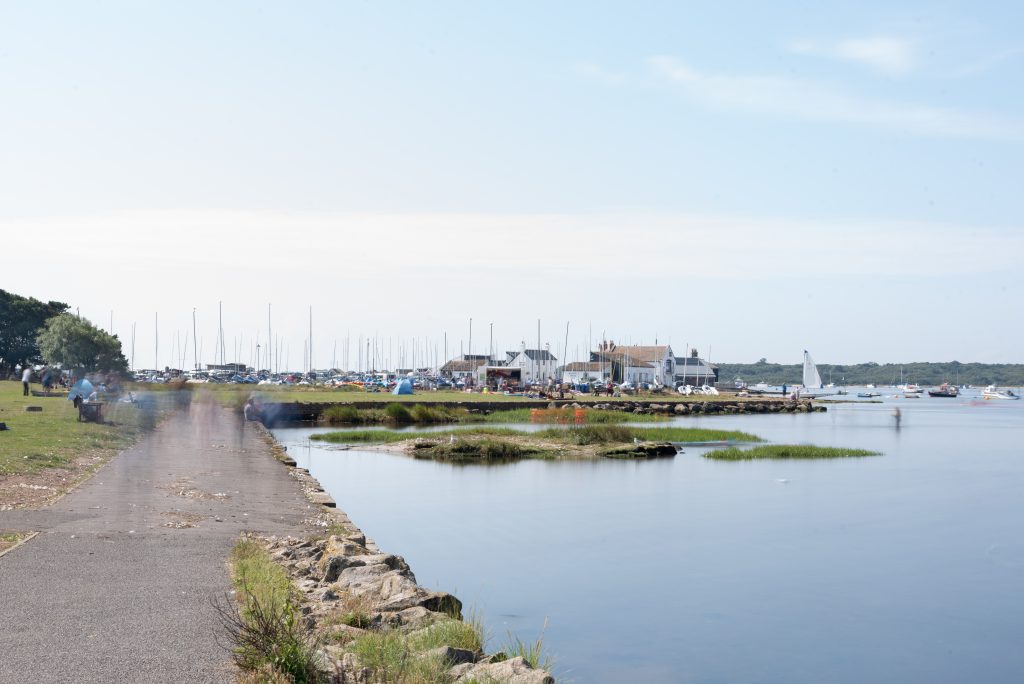Mudeford Quay
Mudeford Quay originated when the sea levels rose at the end of the ice age. The River Avon and the River Stour flowed into the harbours and the River Solent through the stretch of water between Mudeford Quay and Mudeford Sandbanks, which created a narrow entrance into the Quay.
The fishing industry thrived at Mudeford Quay but declined over time, as the Quay’s entrance became inaccessible for fishing vessels that became bigger over time. In 1665, Edward Hyde (Earl of Clarendon) planned to create more accessibility for large vessels at Mudeford Quay and Christchurch Quay. He wanted to cut into the sand spit on the east side of Hengistbury Head to open the entrances. However, in 1703 the groynes had been damaged by a storm and the entrance became inaccessible again.
Mudeford Quay became a major port for trading raw and luxury materials, in the 18th and 19th Centuries, especially for smugglers. In 1784, one of the largest volumes of contraband was smuggled into Mudeford Quay. Multiple large vessels drew the attention of an Excise Cutter, who sent a boat to notify Customs and the Royal Navy. This led to an event referred to as The Battle of Mudeford, in which the smugglers were held under fire by the Navy for 3 hours. Only when the Navy sent for more gun power did the fire decrease, allowing the smugglers to escape with most of their cargo.
Address:
Christchurch
BH23 4AB
Community Groups
Nearest Hospital:
Royal Bournemouth Hospital
Castle Lane East
Bournemouth
BH7 7DW
Nearest Police Station:
Bournemouth Police Station
Central Railway Station
Holdenhurst Road
Bournemouth
Dorset
BH8 8HX
Nearest Hotel:
Captains Club Hotel & Spa
Wick Ferry
Wick Ln
Christchurch
BH23 1HU
Contact Number: 01202 475111
Nearest Car park:
Avon Beach Car Park, Christchurch
Christchurch
BH23 4AN



